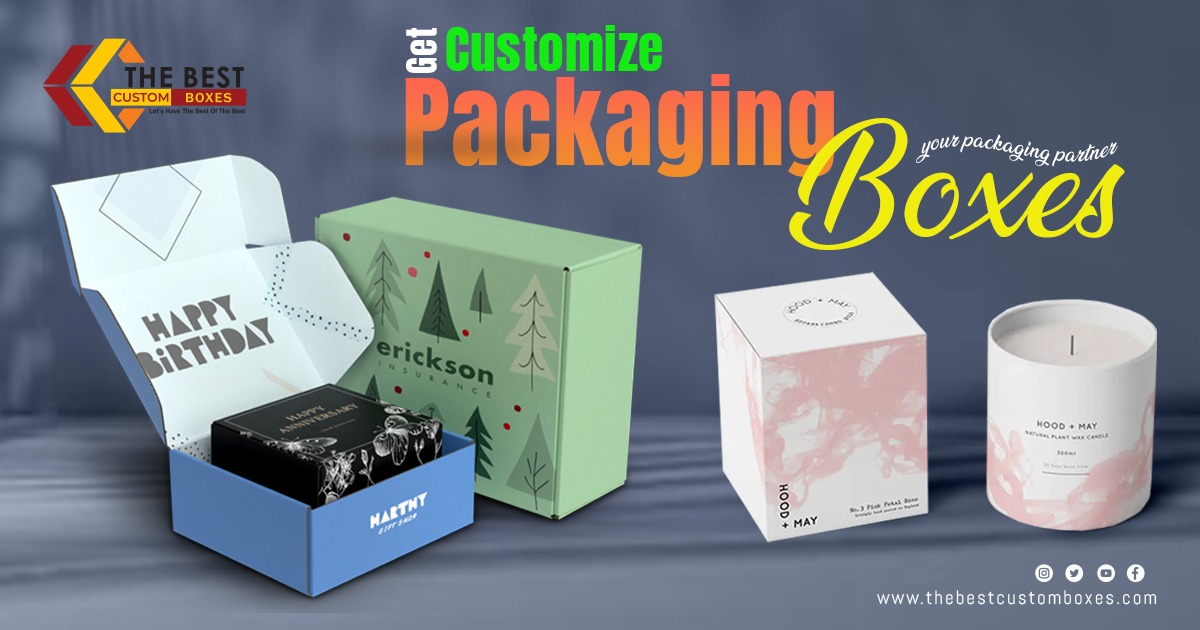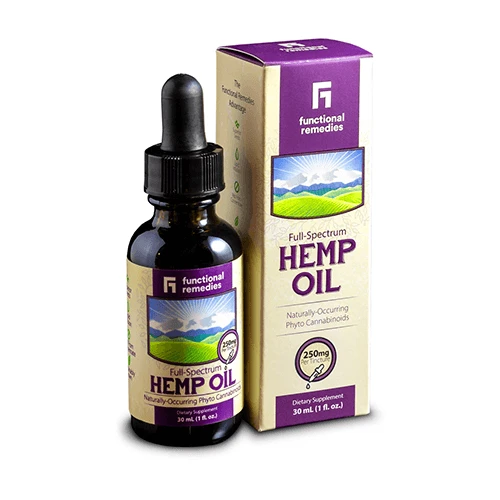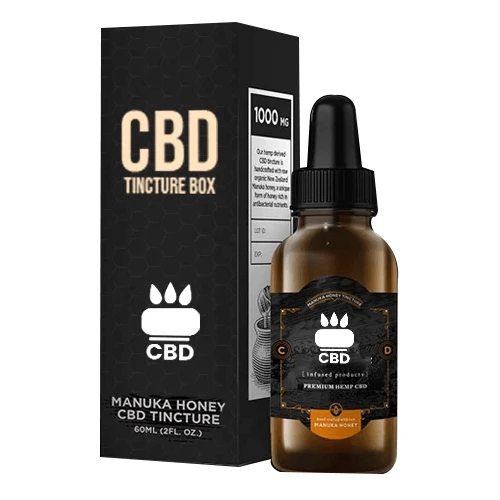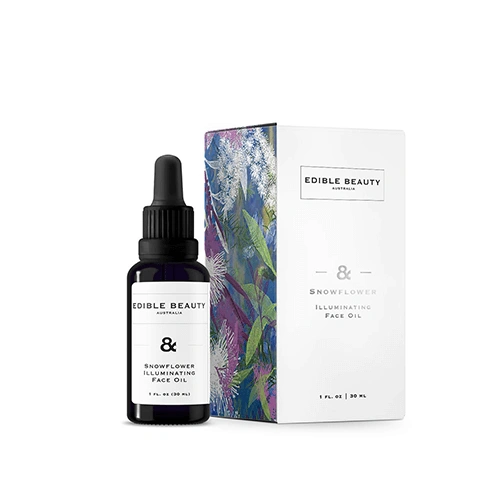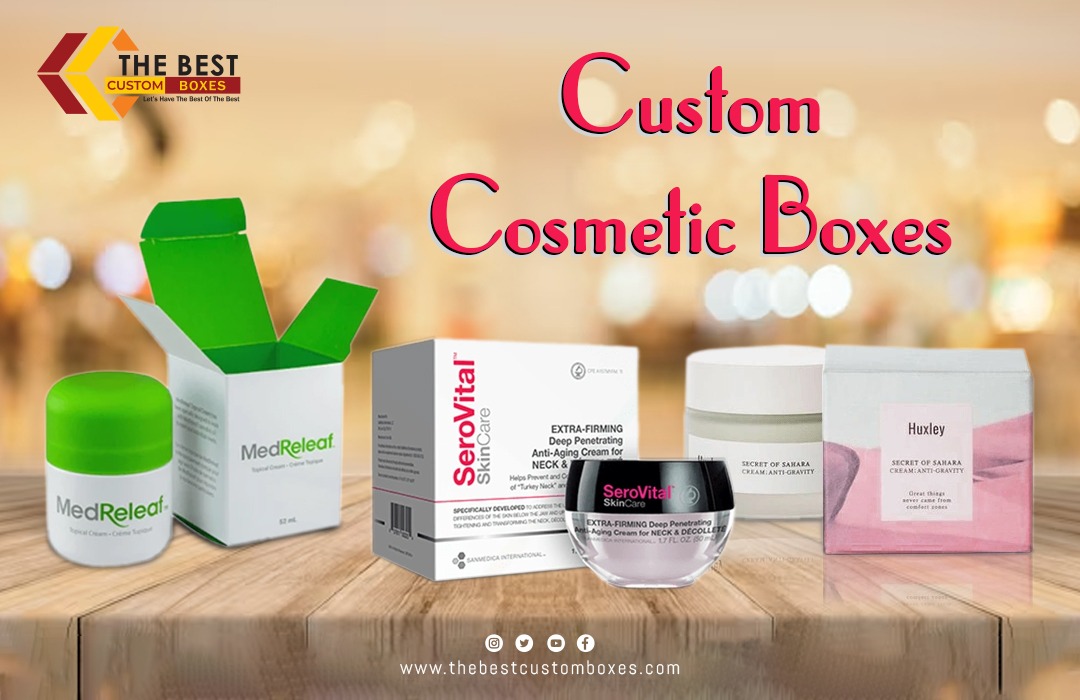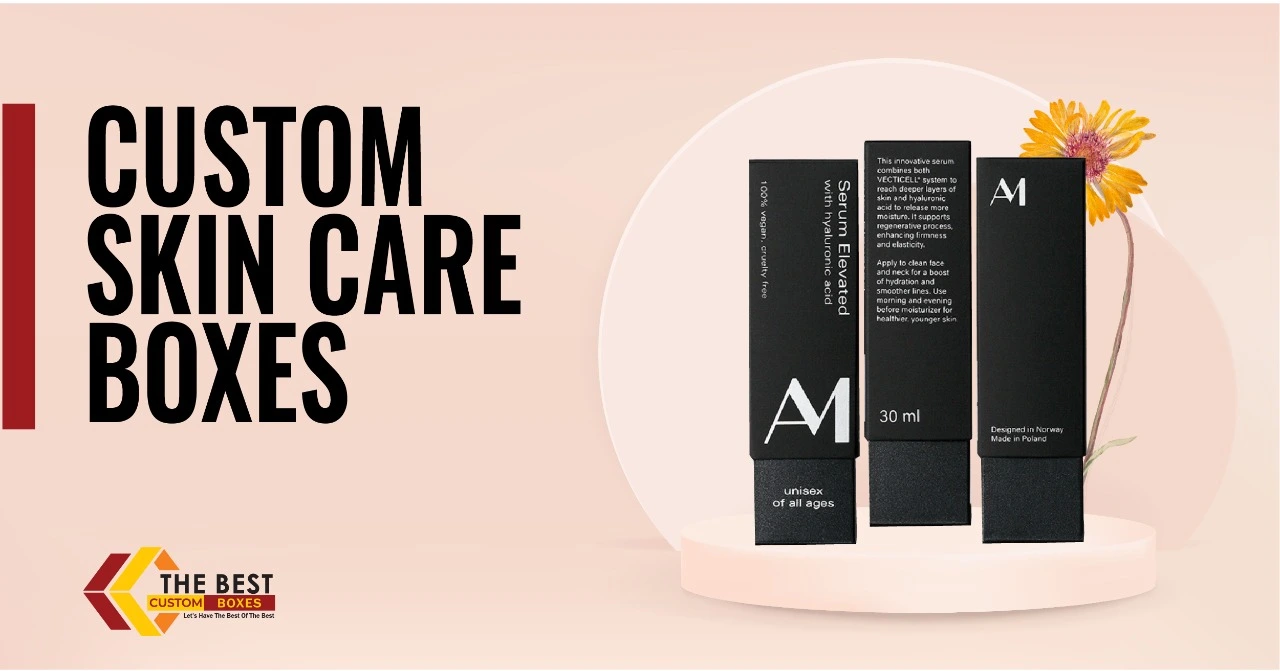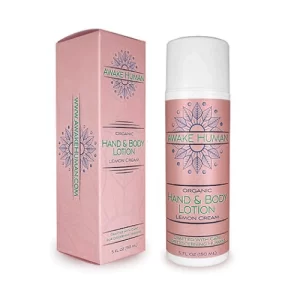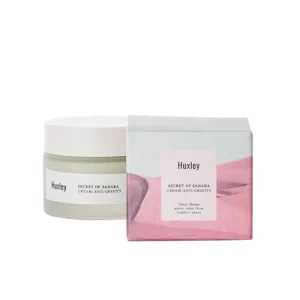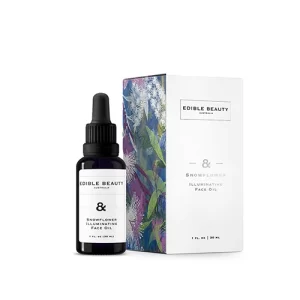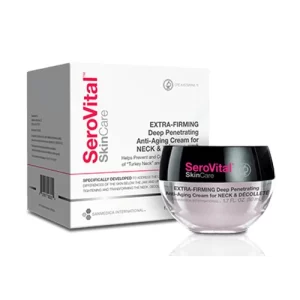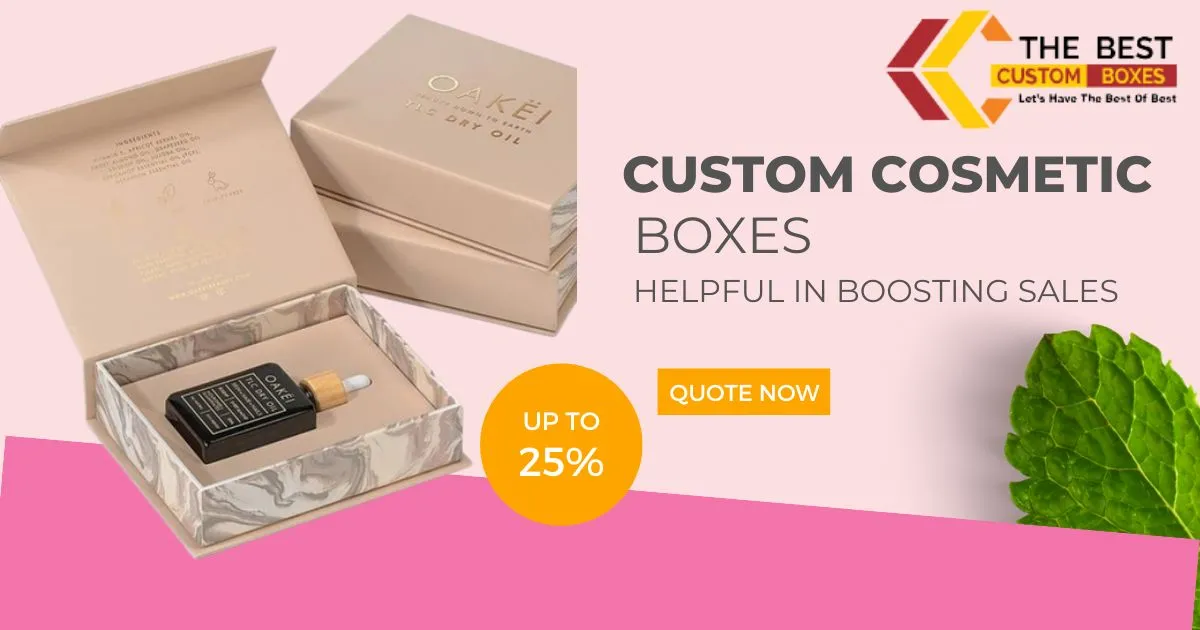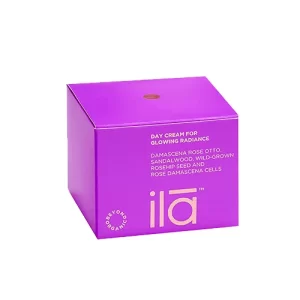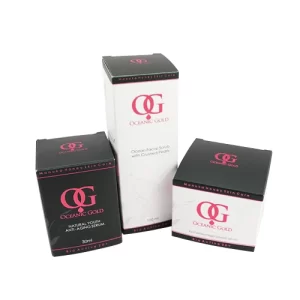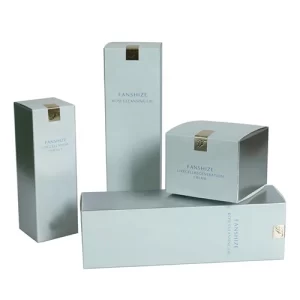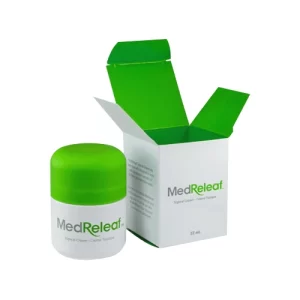Packaging products is a critical aspect of the product presentation and plays a vital role in attracting customers, protecting items, and enhancing the overall brand image. Selecting the right product packaging can substantially impact your business’s success.
Here we will explore the essential factors to consider when choosing display packaging, ensuring that you make informed decisions that align with your product’s needs.
Understand Your Product
Before diving into the world of cosmetic packaging options, take the time to understand your product thoroughly. Assess its size, shape, fragility, and weight. Identify any special requirements for storage and transportation. Understanding your product’s unique characteristics will help you select packaging that fits like a glove and provides optimal protection.
Know Your Target Audience
Knowing your target audience is vital for tailoring your packaging to their preferences and expectations. For instance, environmentally-conscious customers may appreciate eco-friendly packaging, while luxury products require elegant and premium packaging.
Focus on Functionality
Packaging must not only look appealing but also serve its purpose effectively. Prioritize functionality when choosing packaging materials. If your product is perishable, opt for excellent moisture-resistance materials. For fragile items, consider cushioning and shock-absorption properties. For easily stackable products, opt for boxes that maximize space efficiency.
Materials Matter
The choice of rigid packaging materials significantly impacts your product’s environmental footprint, costs, and perceived value. Some popular packaging materials include:
a. Cardboard: Economical and versatile, cardboard is a go-to option for many products. It can be customized with printing, and its recyclability appeals to environmentally-conscious consumers.
d. Sustainable Alternatives: Explore eco-friendly alternatives like bioplastics, recycled materials, and compostable packaging to reduce your environmental impact.
Branding and Design
Packaging acts as a visual representation of your brand. It should convey your brand identity, values, and message coherently. Consider incorporating your logo, brand colors, and a consistent design across all product lines to enhance brand recognition. Ensure the text is clear, legible, and informative, with product details and usage instructions.
Test and Review
Before committing to a large-scale production run, thoroughly test your chosen packaging. Evaluate its durability, security, and overall functionality. Seek feedback from potential customers or focus groups to gauge their response. This testing phase will help you iron out any potential issues and make improvements where necessary.
Budget and Cost-Effectiveness
Packaging expenses can impact your overall product cost and profitability. Strive to strike a balance between high-quality packaging and cost-effectiveness. Bulk purchasing and streamlined packaging designs can reduce expenses without compromising on quality.
Packaging Products Regulations and Compliance
Different products and industries have specific packaging regulations and requirements. Ensure that your chosen packaging meets all necessary legal and safety standards.
Sustainable and Eco-Friendly Packaging
With growing environmental concerns, consumers are increasingly drawn to eco-friendly products and packaging. Consider adopting sustainable practices like using recyclable materials, reducing excess packaging, and promoting recycling among your customers.
Convenience and User Experience
When choosing packaging for your products, it’s essential to consider the convenience and user experience it offers your customers. Packaging that is easy to open, close, and handle can significantly impact customer satisfaction.
Consider features like resealable options, easy-to-read labels, and user-friendly designs. A positive user experience with your packaging can lead to repeat purchases and word-of-mouth recommendations, enhancing your brand’s reputation.
Transportation and Storage Considerations
Evaluate how your products will be shipped and stored, and select packaging that can withstand the associated challenges. For long-distance transportation, sturdy and impact-resistant packaging is essential to prevent damage in transit. Additionally, consider stackability and space efficiency to optimize storage and reduce shipping costs.
Seasonal and Promotional Packaging
Consider incorporating seasonal or promotional packaging for special occasions, or limited-time offers to create excitement and boost sales. Customized packaging for holidays, festivals, encouraging customers to purchase. Remember that seasonal packaging should align with your brand’s overall image and stay consistent with your regular packaging style.
Feedback and Adaptation
The packaging landscape constantly evolves, and staying attuned to customer feedback and market trends is essential. Encourage customers to provide feedback on your packaging through surveys, reviews, or social media.
Analyze this feedback to identify areas for improvement or potential changes in customer preferences. Adaptability and willingness to adjust your packaging based on customer insights can help you stay competitive.
Conclusion
Selecting the right product packaging is a crucial aspect of your business strategy. By understanding your product and target audience and considering factors like functionality, materials, branding, and sustainability, you can make informed decisions that boost your product’s appeal and contribute to a positive brand image.
Remember that packaging is a means of protection and an opportunity to connect with your customers and showcase your brand values. So, choose wisely, and your packaging will become a powerful tool for your business’s success.

